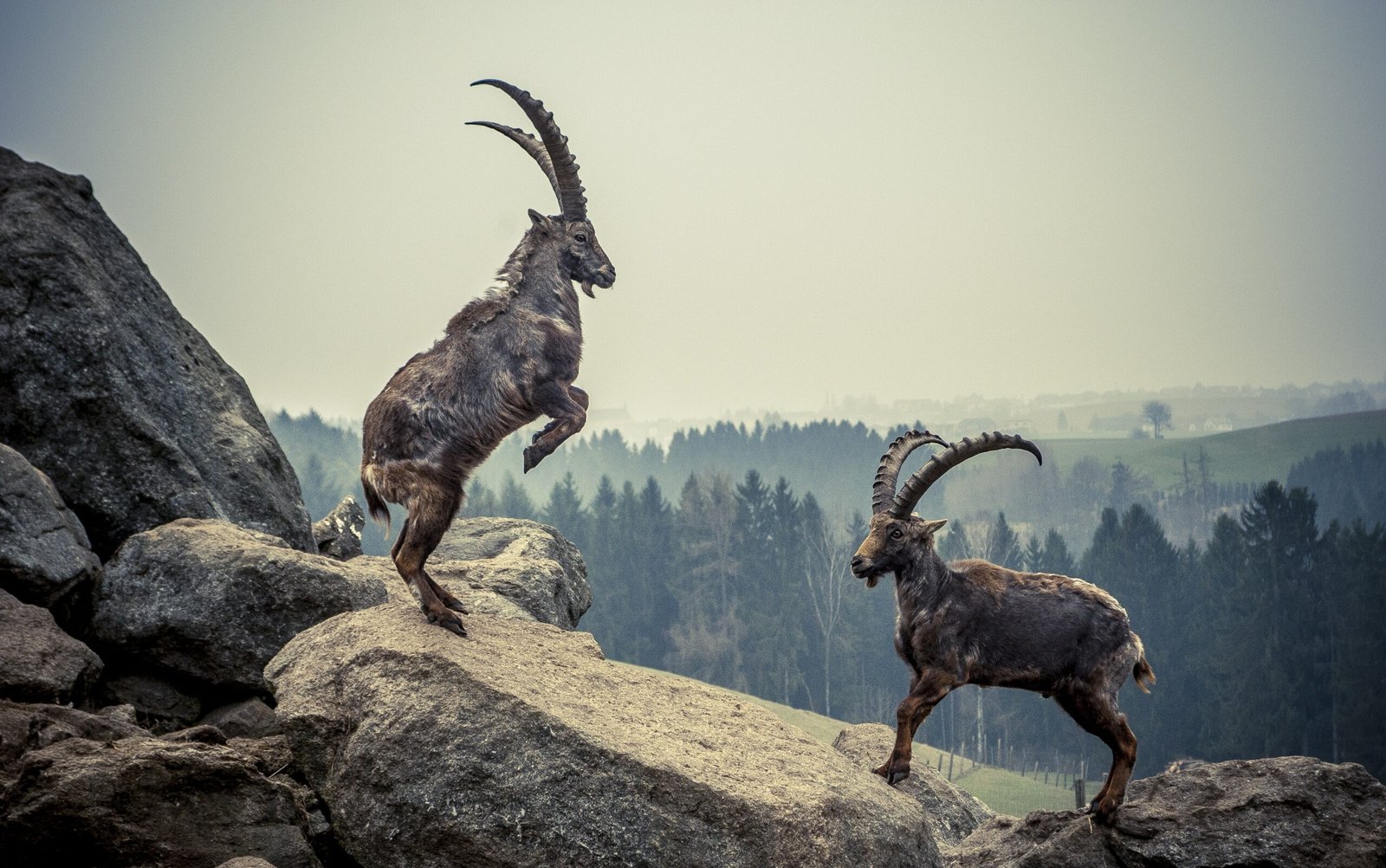In the tranquil embrace of nature, amidst the harmonious symphony of vibrant ecosystems, lie our untamed cohabitants: the intriguing and mysterious creatures of the wild. For centuries, humans have been captivated by the allure of observing animals in their natural habitats. As a window into the untethered world of wildlife, these encounters bring us closer to understanding the delicate balance of life on our planet and kindle a profound sense of awe within our souls. From the colossal elephants ambling elegantly through the African savannah to the graceful dolphins leaping joyously amidst the vast ocean expanse, each animal encounter offers a unique opportunity to unravel the mysteries of their existence and deepen our connection with the natural wonders that envelop us. So, let us embark on a thrilling journey, under the watchful gaze of the wilderness, as we explore the captivating realms of wildlife encounters and venture into the heart of their untamed territories.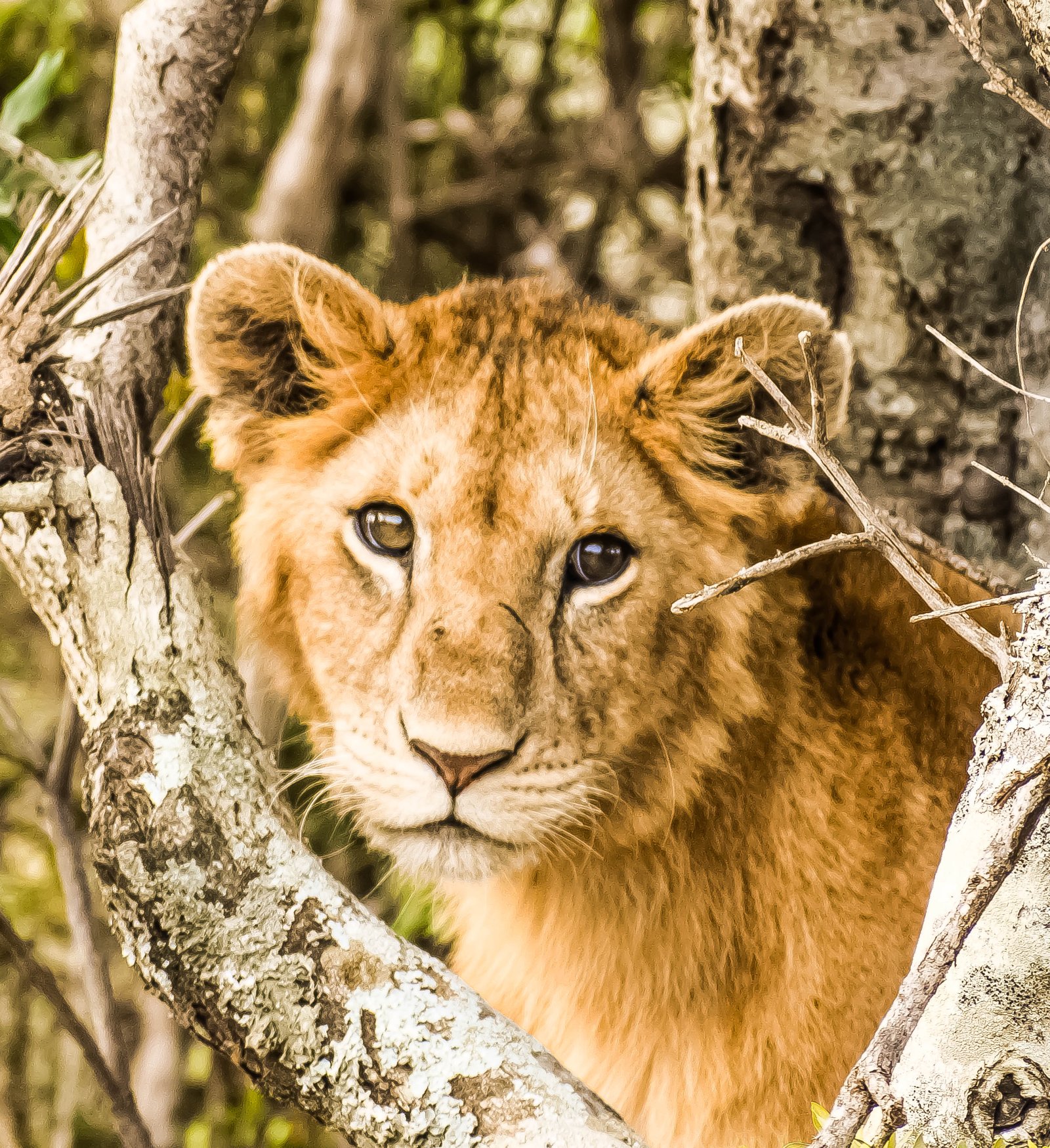
Heading 1: Unveiling the Beauty of Wildlife: A Journey into the Natural Habitats of Animals
Embark on an extraordinary adventure as we delve deeper into the captivating world of wildlife, where the boundaries between reality and enchantment blur. Join us on this wondrous journey as we unlock the secrets of some of the most remarkable natural habitats, providing a mesmerizing glimpse into the lives of the fascinating creatures that call them home.
Our expedition begins in the emerald forests of the Amazon Rainforest, a lush paradise teeming with incredible biodiversity. Amidst the symphony of exotic sounds, witness the vibrant kaleidoscope of butterflies fluttering amongst the tropical blossoms. Monster-sized anacondas stealthily glide through the rivers while prowling jaguars peer out from the dense foliage, their piercing eyes reflecting a world rarely seen by human eyes.
Continue towards the sweeping savannahs of the Serengeti, where nature paints an awe-inspiring masterpiece. A multitude of graceful gazelles roam freely across the golden plains, their movements harmoniously synchronized. Witness the dramatic showdown of predators and prey as a fearless pride of lions embarks on an exhilarating hunt, their manes shimmering under the African sun.
- Marvel at the majestic flutter of an eagle soaring through the crystalline skies
- Observe the intricate patterns adorning a shimmering kaleidoscope of coral reefs
- Delight in the playful acrobatics of clever dolphins as they leap in synchronized harmony
Unveil the secrets of the natural world, where unimaginable beauty and fierce survival instincts merge. Hear the whispers of the wind as it carries tales from the untamed wilderness, and witness landscapes that effortlessly ignite the imagination. Prepare to be enthralled by a voyage that will forever redefine the way you perceive the astonishing beauty and complex interconnections of wildlife in their magnificent natural habitats.
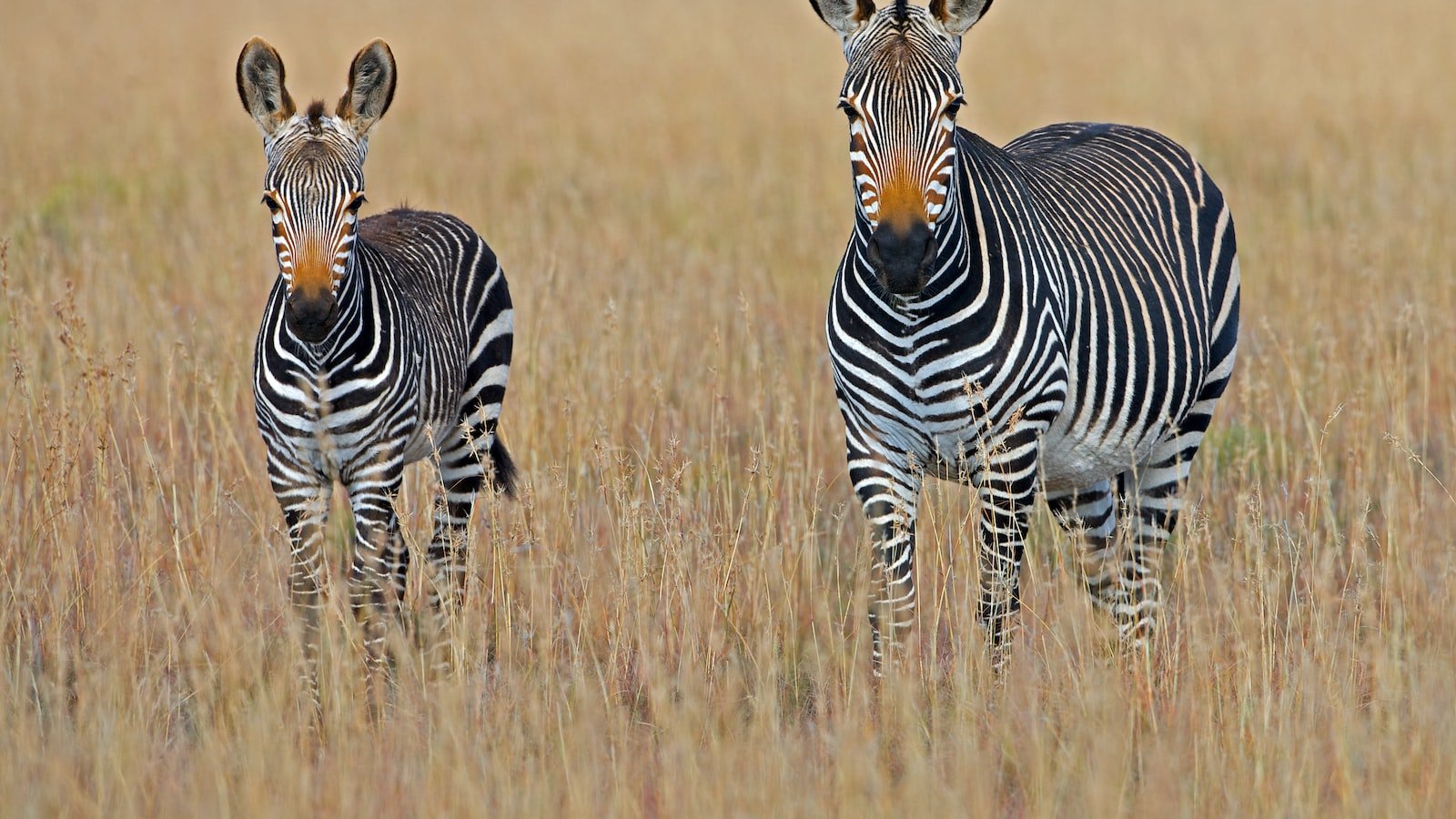
Heading 2: The Art of Observation: Techniques and Tips for Safely Encountering Wildlife in their Native Environments
The Art of Observation: Techniques and Tips for Safely Encountering Wildlife in their Native Environments
Exploring the untamed wonders of the great outdoors is an exhilarating experience, but it’s crucial to approach encounters with wildlife in their native environments with caution and respect. Mastering the art of observation enables us to appreciate the beauty of nature while ensuring the safety and well-being of both humans and animals. Here are some valuable techniques and tips to enhance your wildlife encounters:
- Be still and patient: When observing wildlife, stillness is key. Find a concealed spot where you have a clear line of sight but won’t disturb the animals. Keep movements slow and minimal, allowing the creatures to become comfortable with your presence.
- Practice peripheral vision: Expand your field of view by actively exercising your peripheral vision. This technique allows you to detect subtle movements and grasp the entire scope of the environment, enhancing your chances of spotting elusive creatures.
- Learn their body language: Animals communicate a wealth of information through their gestures and postures. Study the body language of the wildlife you wish to encounter, as it can reveal their intentions, mood, and level of comfort. Distance yourself if you notice any signs of stress or agitation.
- Do not feed or approach: It’s crucial to remember that wildlife should remain wild. Never feed animals or attempt to approach them too closely. Respect their space and allow them to carry on with their natural behavior undisturbed.
- Document responsibly: Capturing memories of your wildlife encounters is a cherished experience. However, ensure that you prioritize the safety of both yourself and the animals. Use long-range lenses and avoid disturbing their natural habitat in pursuit of the perfect shot.
By following these techniques and tips, you can immerse yourself in the astonishing world of wildlife while safeguarding their well-being. Remember, responsible observation not only preserves the delicate balance of their ecosystems but also ensures future generations can enjoy the natural wonders that surround us.
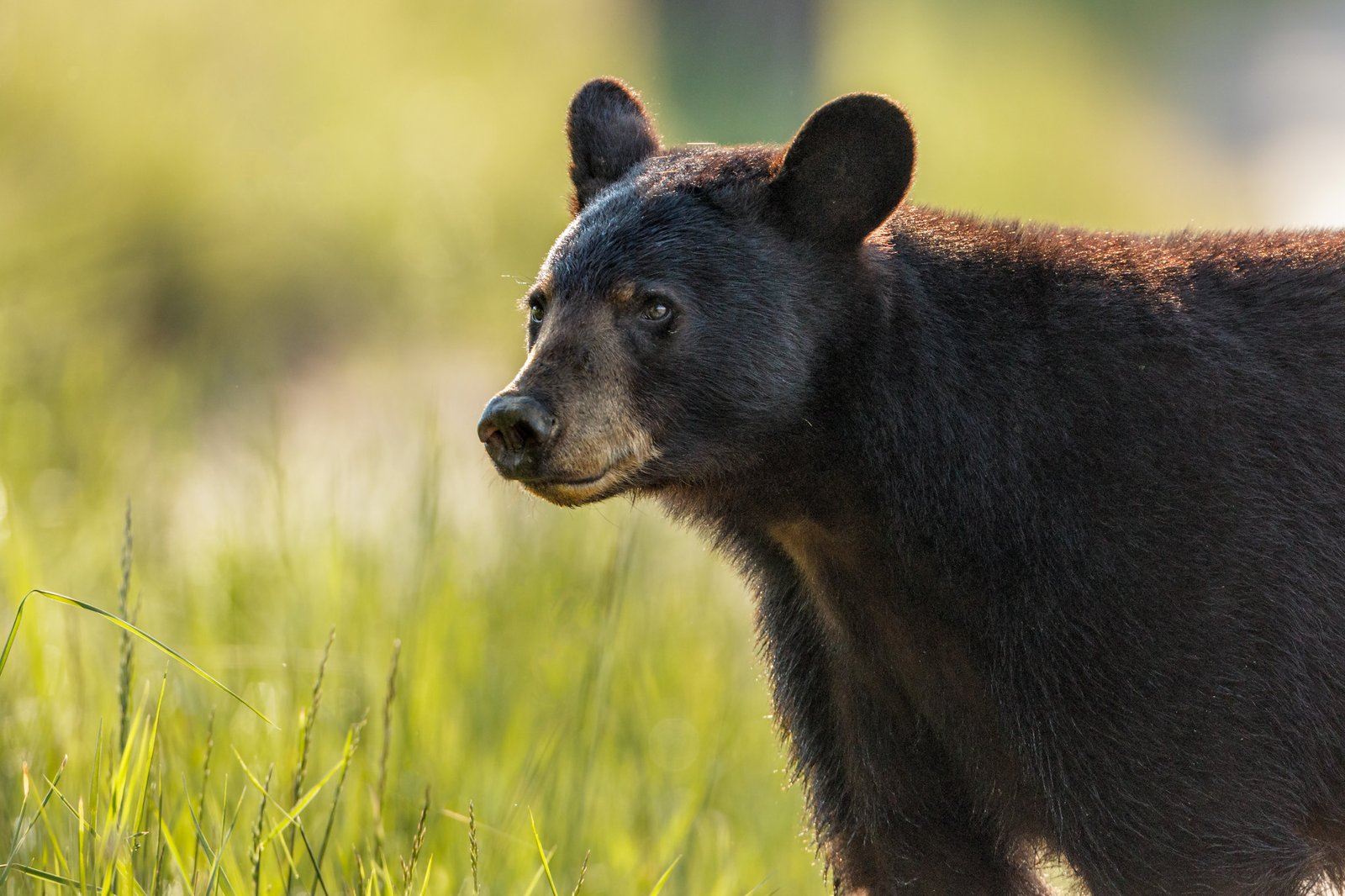
Heading 3: Protecting Wildlife Habitats: Ethical Guidelines and Responsible Practices for Wildlife Viewing
Protecting Wildlife Habitats: Ethical Guidelines and Responsible Practices for Wildlife Viewing
When it comes to observing and experiencing wildlife in their natural habitats, it is important to do so in a way that respects and protects these precious environments. By following ethical guidelines and practicing responsible wildlife viewing, we can ensure the preservation of wildlife habitats for future generations to enjoy. Here are some key principles and practices to keep in mind:
- Minimize disturbance: Respect the animals’ space and keep a safe distance to avoid causing stress or altering their behavior. Remember, the goal is to observe their natural behavior, not to interact or intervene.
- Stay on designated paths: Stick to established trails and paths to minimize impact on the surrounding vegetation and nests. By avoiding sensitive areas, we can help maintain the delicate balance of the habitat.
- Never feed or touch wildlife: It may be tempting, but feeding or touching wildlife can have harmful consequences. It can disrupt their natural feeding patterns, expose them to human diseases, or even make them dependent on human interaction for survival.
- Keep noise levels low: Respect the peacefulness of the environment and keep noise to a minimum. Loud noises can startle, stress, or scare off wildlife, disrupting their essential activities for survival.
Remember, observing wildlife in their natural habitats is a privilege. By adhering to these ethical guidelines and responsible practices, we can ensure the continued existence of these habitats and the incredible creatures that call them home. Let’s do our part to protect wildlife habitats for generations to come.
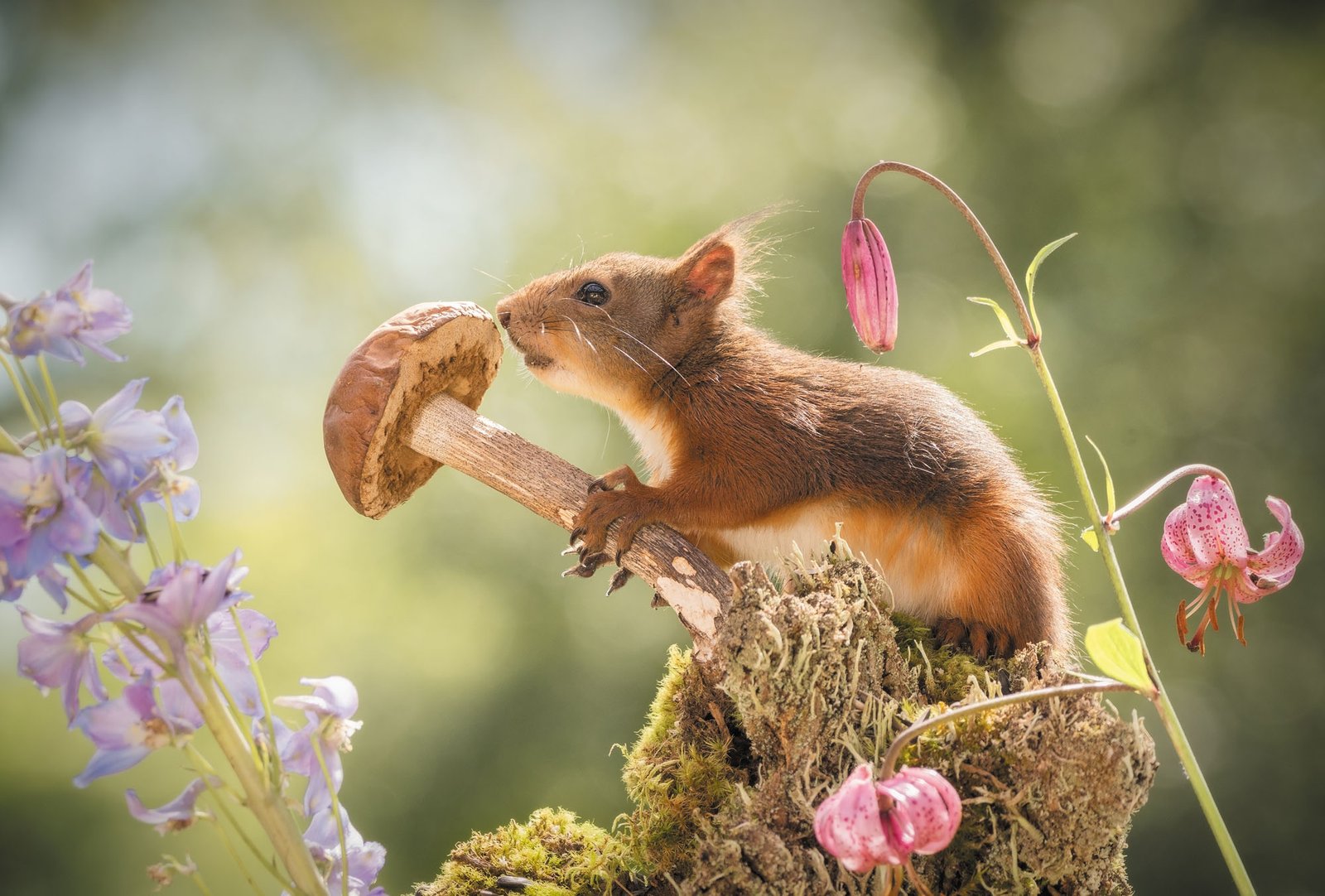
Heading 4: From Forests to Oceans: Exploring Biodiversity Hotspots for Unforgettable Wildlife Experiences
From Forests to Oceans: Exploring Biodiversity Hotspots for Unforgettable Wildlife Experiences
Welcome to a world where the enchanting realms of forests and oceans converge to create awe-inspiring biodiversity hotspots. Brace yourself for an unforgettable wildlife experience as we embark on a journey that traverses the untamed wilderness and diverse aquatic ecosystems.
Step foot into lush rainforests teeming with life, where each step leads you deeper into a mesmerizing tapestry of colors, sounds, and scents. Here, you may encounter the majestic jaguar stealthily stalking its prey amidst a chorus of vibrant birdsong. Witness the incredible synchrony of life as flocks of butterflies flutter above delicate orchids, creating a harmonious dance that highlights the delicate balance of nature.
Descend into the mysterious depths of the ocean, where a hidden world brimming with enchanting creatures awaits. Dive into vibrant coral reefs, teeming with a kaleidoscope of neon-colored fish, graceful rays, and playful sea turtles. Witness the graceful ballet of humpback whales as they breach the surface, spraying the air with mist before disappearing into the watery abyss once again.
- Experience the thrill of spotting elusive creatures such as the awe-inspiring Bengal tiger as it prowls through the dense foliage with its piercing gaze.
- Immerse yourself in the magic of bioluminescent organisms, casting an ethereal glow in the depths of the ocean, creating a mesmerizing spectacle.
- Be captivated by the playful antics of mischievous dolphins, diving in sync and leaping out of the water with a boundless energy.
- Marvel at the intricacy and diversity of marine life as you snorkel alongside graceful manta rays and witness the vibrant colors of a coral garden.
Delve into the heart of biodiversity hotspots as you travel through pristine forests and explore the captivating depths of the ocean. Brace yourself for an unforgettable wildlife experience that will leave a lasting imprint on your soul.
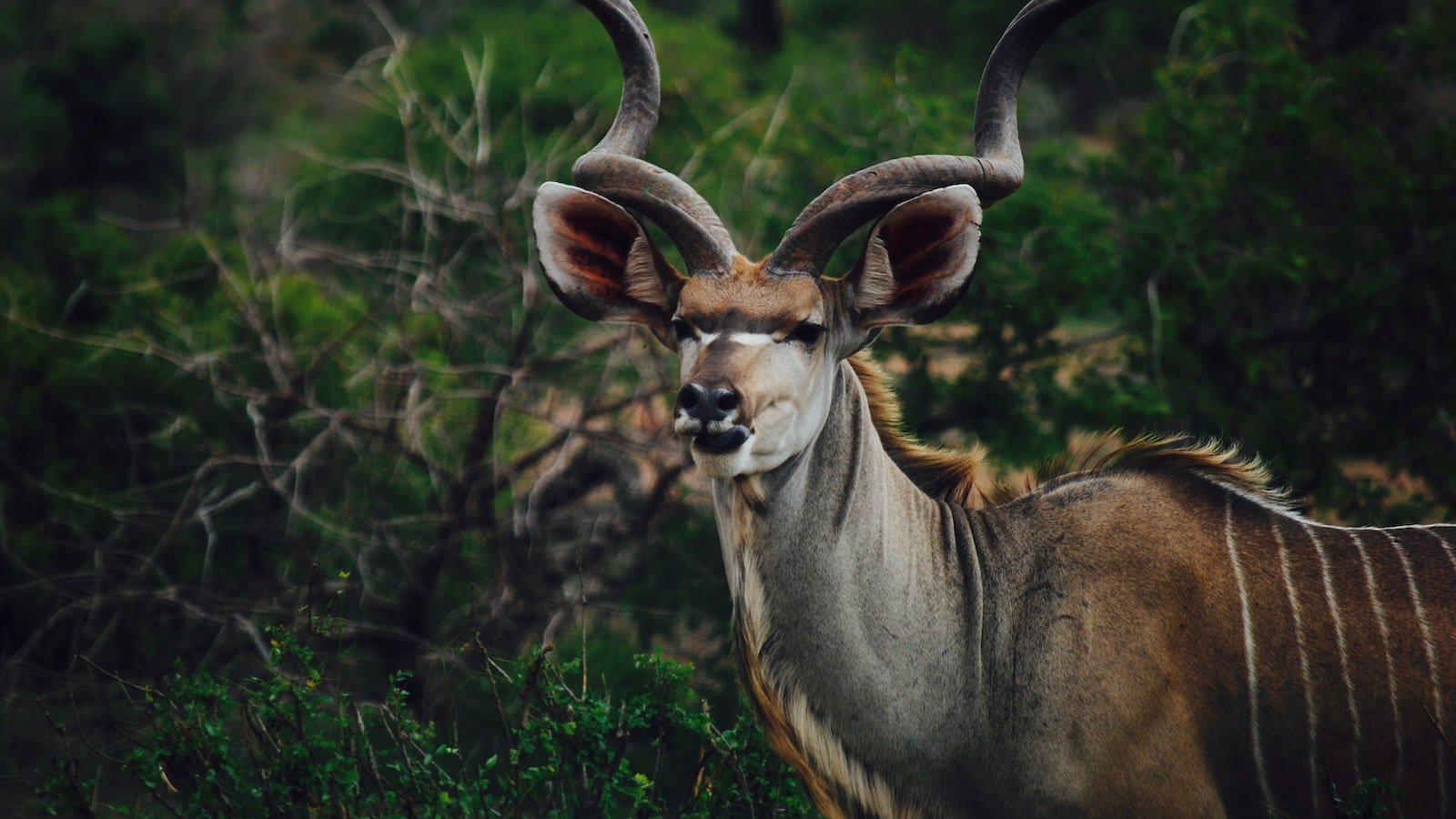
Heading 5: Curiosity Meets Conservation: The Role of Citizen Science in Wildlife Discoveries and Preservation
Curiosity Meets Conservation: The Role of Citizen Science in Wildlife Discoveries and Preservation
Imagine a world where every person, regardless of their background or expertise, can actively contribute to wildlife discoveries and preservation. Enter citizen science – a powerful movement that brings together curious individuals, researchers, and technology to revolutionize our understanding of the natural world. Through citizen science initiatives, we tap into the innate human curiosity to explore, enabling us to make significant strides in the conservation of our precious wildlife.
One of the greatest advantages of citizen science is its ability to engage a diverse range of people who may not have formal scientific training. By involving enthusiasts, birdwatchers, and nature lovers, we create an army of passionate volunteers who play a pivotal role in collecting valuable data. These citizen scientists, armed with their binoculars and a thirst for knowledge, spend countless hours observing and documenting species in their natural habitats. Their contributions range from spotting rare migratory birds in urban parks to monitoring endangered sea turtles nesting on remote shores.
In addition to being an inclusive and accessible field, citizen science also serves as a catalyst for conservation awareness. By participating in wildlife studies and contributing to real research projects, individuals become personally invested in the well-being of these creatures and their habitats. This firsthand involvement nurtures a sense of responsibility and inspires actions that can have a significant impact on conservation efforts. As citizen scientists learn about the intricate webs of life and the delicate balance of ecosystems, they become staunch advocates for preservation, spreading knowledge and awareness among their communities.
- Citizen science engages individuals from all walks of life and fosters a sense of inclusion in wildlife conservation.
- Enthusiastic volunteers contribute to valuable scientific research by documenting species and collecting essential data.
- Participating in citizen science fosters personal connections to nature, leading to increased conservation awareness and advocacy.
- The collaboration between passionate individuals, researchers, and technology through citizen science drives innovative discoveries and preservation efforts.
Wrapping Up
As we bid adieu to our incredible journey through the realms of wildlife encounters, one can’t help but feel an overwhelming sense of appreciation and awe for the wonders of the natural world. With every step taken, every breath drawn in, and every heartbeat synchronizing with the rhythm of the wilderness, we have ventured into the untamed landscapes, encountering creatures and unlocking the secrets they hold in their natural habitats.
Throughout this exploration, we have been graced by the presence of majestic beings, from the soaring eagles gracefully riding the currents of the sky, to the elusive big cats stealthily prowling through dense undergrowth. Each encounter offered a glimpse into their lives, allowing us to witness moments of sheer instinct, untamed beauty, and the delicate balance of nature.
From the depths of the ocean, where mysterious sea creatures danced in unison with the ebb and flow of the tides, to the sprawling savannahs where gentle giants traversed vast distances to find sustenance, the habitats we visited became our classrooms. In these classrooms, learning took on a new meaning, extending beyond books and lectures to engage our senses on a profound level.
With each encounter, we were reminded of the fragility of these environments, the delicate ecosystems that rely upon perfect harmony to flourish. Witnessing the magic of nature in its purest form, we humbly recognize the vital importance of conservation efforts and the pressing need to preserve these habitats for future generations.
As we conclude this wild journey, let us carry the memories of these animal encounters forever etched in our minds and hearts. May they serve as a constant reminder of the beauty and complexity that lies beyond our own human existence, urging us to seek a deeper understanding and connection with the natural world.
So, as we return to our everyday lives, let us become ambassadors for the creatures we have encountered. Let us advocate for their protection, raise awareness, and inspire others to embark on their own voyages of discovery. Because in the absence of their natural habitats, the symphony of nature would become a mere whisper, drowned out by the noise of progress.
Let us forever remember the awe, the reverence, and the sheer joy that animal encounters in their natural habitats bring to our lives. And may we forever be reminded that we are but guests in this world, entrusted with the responsibility to nurture, protect, and celebrate the magnificent tapestry of life that surrounds us.



